Whooper Swans at Lake Kussharo, Hokkaido
10,000 Birds
APRIL 15, 2024
On the one hand, they are very easy to see in Germany, swimming in public parks or teaching pensioners how to eat bread. And now we get to the part of the post in which I briefly and unscientifically mention a few research papers on the species to have a reason to post a few more of my photos.

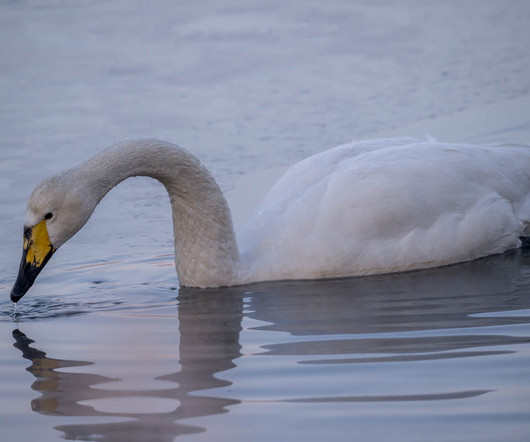
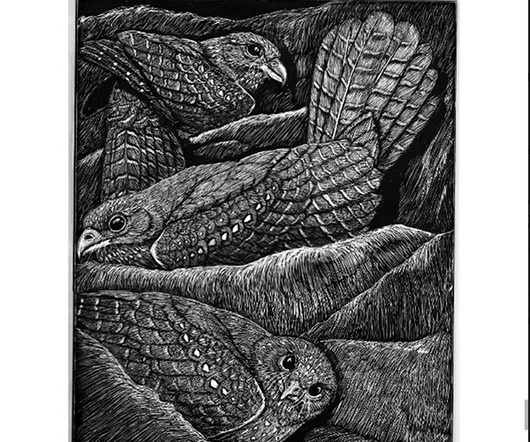
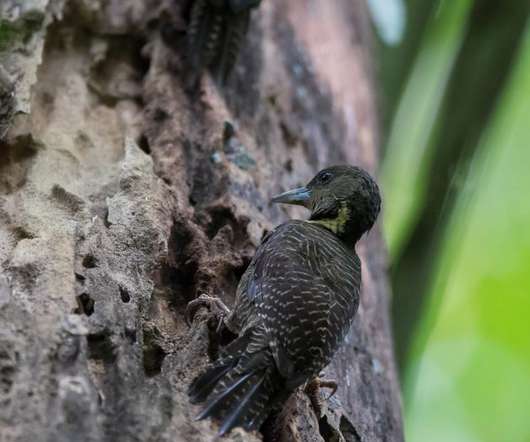

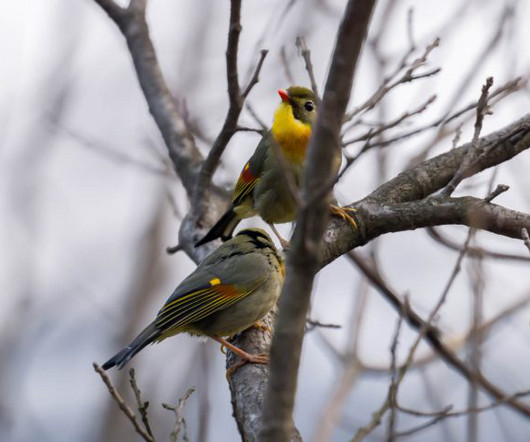


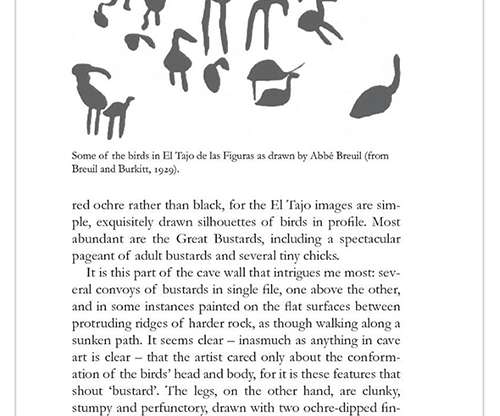







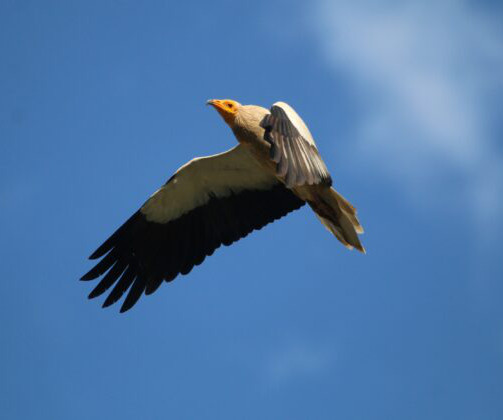

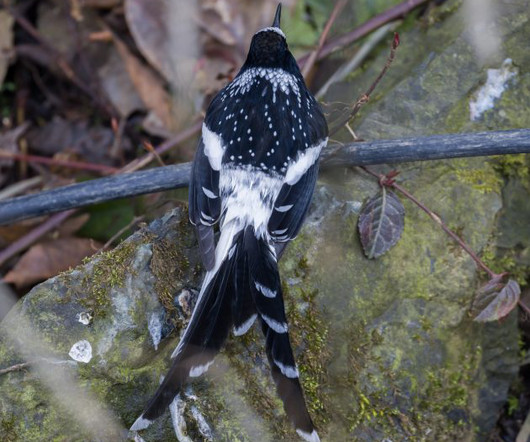

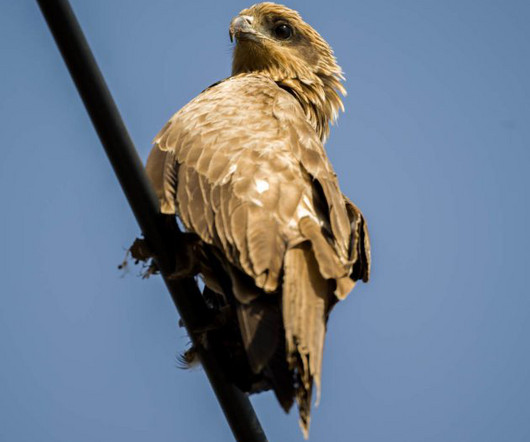
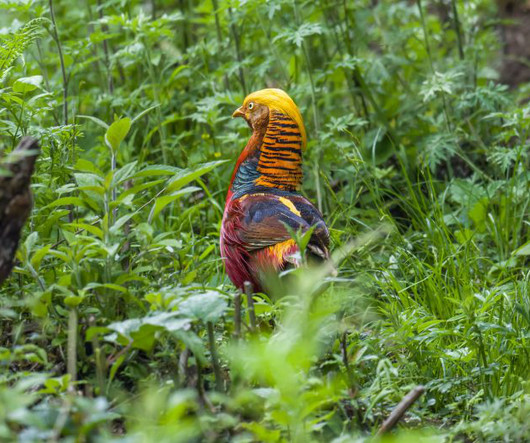
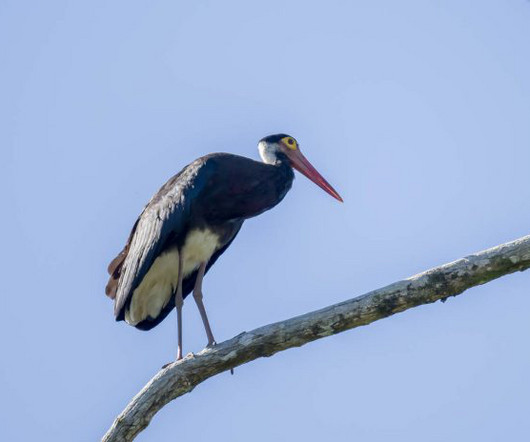
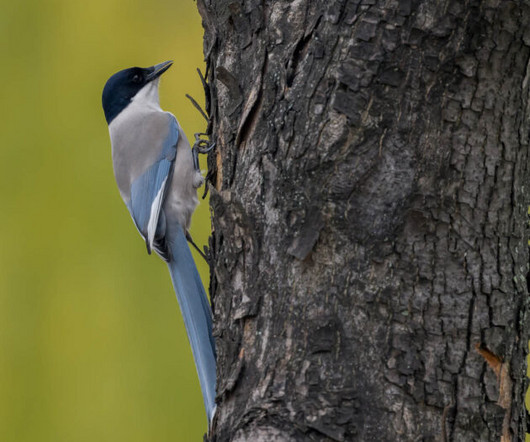







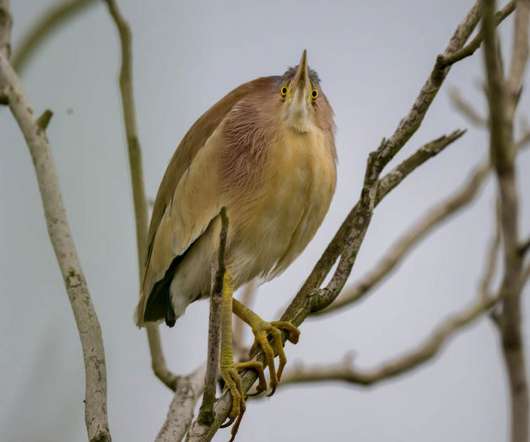
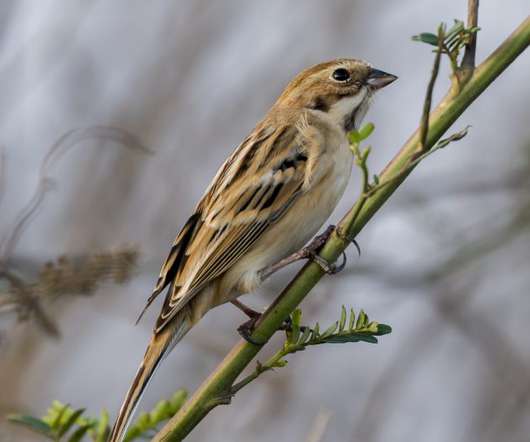






Let's personalize your content